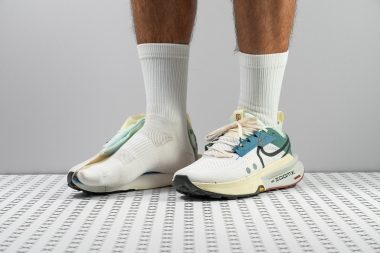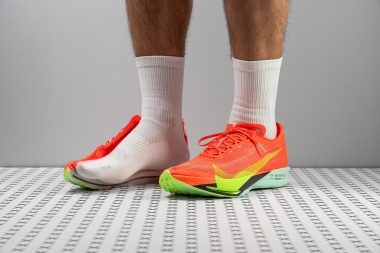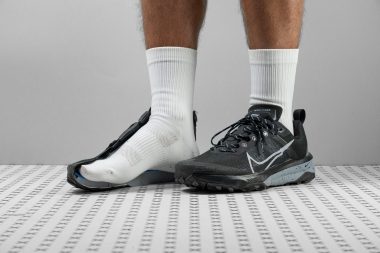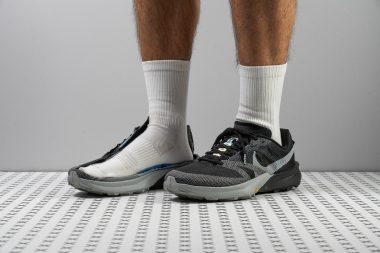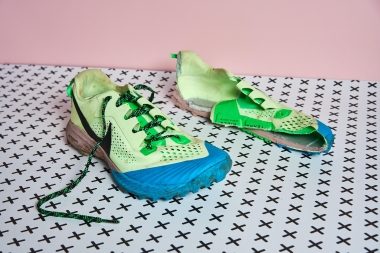We buy shoes ourselves. We earn commissions when you buy through us, at no extra cost. Why trust us
- 87Great$180 $129Save 28%
- 84Good$180 $138Save 23%
- 90Superb$150 $103Save 31%
- Nike Kiger 10New78Decent$160 $103Save 36%
- 87Great$146
Overall review lists
Nike review lists
- Nike trail running shoes
- Nike road running shoes
- New Nike running shoes
- Nike marathon running shoes
- Nike Gore-Tex running shoes
- Cheap Nike running shoes
- Long distance Nike running shoes
- Lightweight Nike running shoes
- Nike slip-on running shoes
- Nike neutral running shoes
- Waterproof Nike running shoes
- Nike walking shoes
- Nike running shoes for high arches



